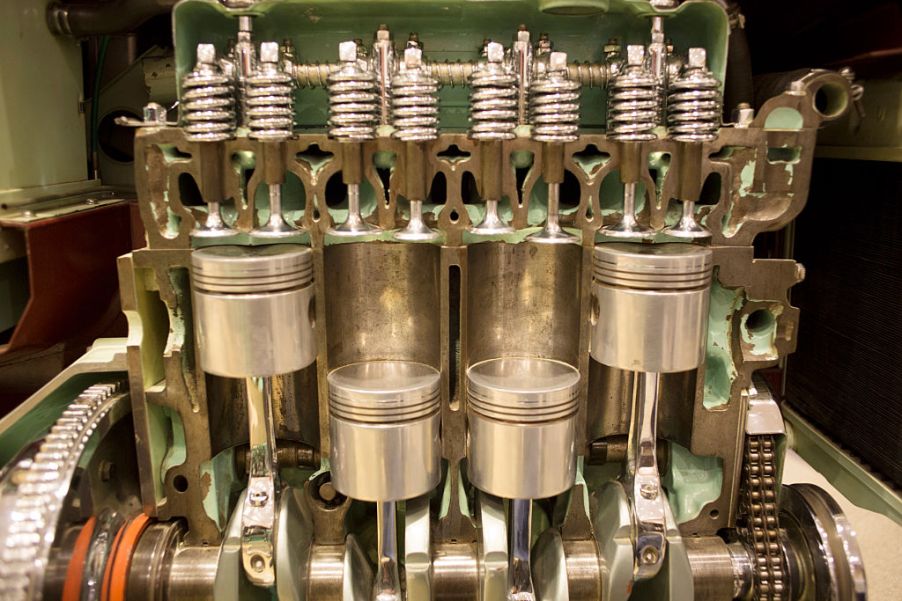
The Interesting History of the Internal Combustion Engine
If you own a car that runs on gas or diesel, then you also own an internal combustion engine. This engine is essentially what makes the vehicle move. Most people don’t think about the engineering behind this impressive machinery. We know the engine is a vital part of a car, but many people don’t understand why this specific type is the best choice. The history of the internal combustion engine is quite interesting.
How does an internal combustion engine work?
There are two different types of combustion engines: an internal combustion engine and an external combustion engine. With the latter, fuel, like coal, is burned outside of the engine. The burning fuel heats up a fluid located on the inside of the engine to give it the energy it needs to run. This is how a steam engine is powered.
An internal combustion engine works a bit differently. Instead of heating the fuel on the outside, a mixture of fuel and oxygen is injected into the engine and a spark ignites the fuel that causes it to make tiny explosions (or combustions). This is why it’s important to make sure you always replace a faulty spark plug.
A car engine is made up of moving pistons and fixed cylinders. Once the fuel is ignited, the small explosion forces the pistons to go through the cylinder which then drives the crankshaft. The crankshaft then converts the energy into rotational energy, which enables the car wheels to turn.
When was the internal combustion engine invented?
Since the early 17th century, several scientists came close to creating an internal combustion engine. However, in 1860, a man named Jean Joseph Etienne Lenoir patented the first commercial internal combustion engine. At the time, the engine only had one cylinder, which gave it a tendency to overheat. But it was able to power a three-wheeled car that could go about two miles per hour.
This was a huge milestone for internal combustion engines because Lenoir proved this type had the ability to run continuously. Moving forward, other inventors created more efficient internal combustion engines. In 1878, Nikolaus A. Otto built the world’s first four-stroke engine. The same year, Sir Douglas Clerk successfully created the first two-stroke engine.
How has the internal combustion engine evolved?
Thanks to the great minds of several 19th-century inventors, the internal combustion engine is one of the most popular, efficient engines. It continued evolving throughout the 20th century to become more efficient. In 1955, fuel injectors were added to help engines run smoother and eliminate the need to adjust a choke to make the car start.
About a decade later, turbocharged engines were introduced to the auto industry. Other features, like compression ratios and cylinder deactivation, were later added to engines to make them more powerful and efficient. The internal combustion engine has come a long way. However, with the way technology is transforming the auto industry, we have no doubt the internal combustion engine will continue to evolve.


